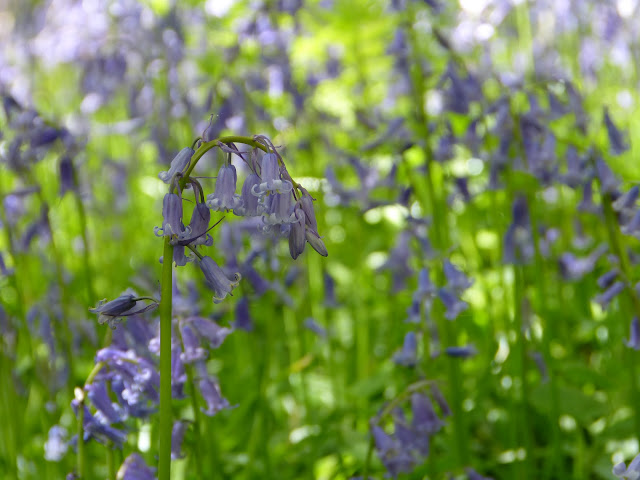 Reeds rustling in the November wind, their purple-grey seed heads shimmering in the low sun, waving to the rhythm of the breeze greeted us at RSPB Minsmere. Small birds kept a low profile, sheltering, and Bittern Hide appeared lifeless in a beautiful panorama of golden light and reflection. The unseasonably warm day brought common darters out to sunbathe on wooden benches and swarm together over the land, the last of their dragonfly-kind on the wing this year; they paved our way to Island Mere Hide.
Reeds rustling in the November wind, their purple-grey seed heads shimmering in the low sun, waving to the rhythm of the breeze greeted us at RSPB Minsmere. Small birds kept a low profile, sheltering, and Bittern Hide appeared lifeless in a beautiful panorama of golden light and reflection. The unseasonably warm day brought common darters out to sunbathe on wooden benches and swarm together over the land, the last of their dragonfly-kind on the wing this year; they paved our way to Island Mere Hide. This hide was alive with birds and human visitors alike. Over the bright water, swans paddled, whilst marsh harriers danced in the distance. A bittern, overly confiding and confident, appeared straight in front of the hide. These usually elusive birds I usually only glimpse through dense reeds, or hear their booming calls in spring, but this was something else entirely. The piercing yellow eye and beautiful golden-brown-black-white barred plumage, perfectly echoing the dancing reeds behind, demonstrating cryptic colouration working flawlessly for this little heron.
This hide was alive with birds and human visitors alike. Over the bright water, swans paddled, whilst marsh harriers danced in the distance. A bittern, overly confiding and confident, appeared straight in front of the hide. These usually elusive birds I usually only glimpse through dense reeds, or hear their booming calls in spring, but this was something else entirely. The piercing yellow eye and beautiful golden-brown-black-white barred plumage, perfectly echoing the dancing reeds behind, demonstrating cryptic colouration working flawlessly for this little heron.  In contrast, the Canopy Hide gave us only trees for company, although their chorus was beautiful to listen to and their changing colours and tumbling leaves were a feast for the eyes in themselves. Although our avian friends seemed to be avoiding the tree tops, lower in the canopy we stumbled across a mixed flock of chatty little birds; blue-, great- and long tailed tits called and hunted for insects in a little gang, one in particular being very successful at finding moths on the bark. A rabbit with tatty ears feasted on fallen blackberries on the ground, whilst squirrels continued on their never-ending mission of finding and caching their winter stores.
In contrast, the Canopy Hide gave us only trees for company, although their chorus was beautiful to listen to and their changing colours and tumbling leaves were a feast for the eyes in themselves. Although our avian friends seemed to be avoiding the tree tops, lower in the canopy we stumbled across a mixed flock of chatty little birds; blue-, great- and long tailed tits called and hunted for insects in a little gang, one in particular being very successful at finding moths on the bark. A rabbit with tatty ears feasted on fallen blackberries on the ground, whilst squirrels continued on their never-ending mission of finding and caching their winter stores.
The sea, high and rippled with waves that never seemed to reach the shore, was brisk, with the dunes providing us with some shelter as we battled with sand to reach the East Hide. A stone chat, characteristically perching on the tips of small twigs, accompanied us as the light began to drain from the sky at mid-afternoon. Teal, wigeon, shoveler, shelduck, gadwall and other wildfowl huddled down on the little islands, others preening or fighting out on the water. Similar critters could be found at South Hide, with a particularly stunning shoveler showing off his iridescent green head and neck smothered in water droplets from his dabbling.
 |















































